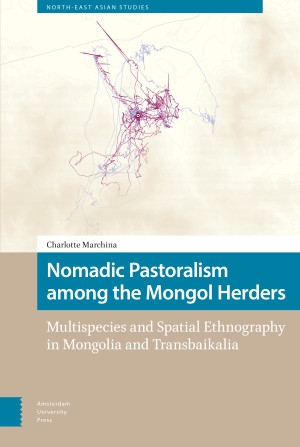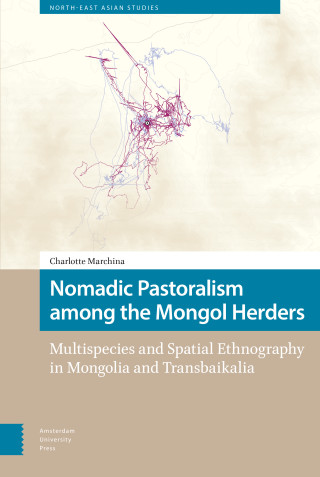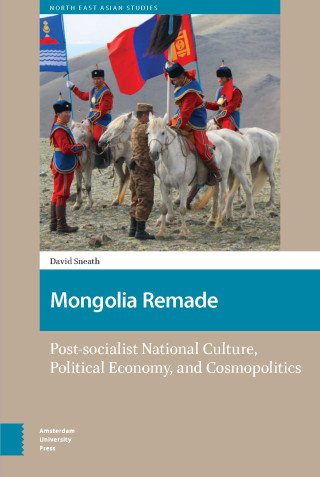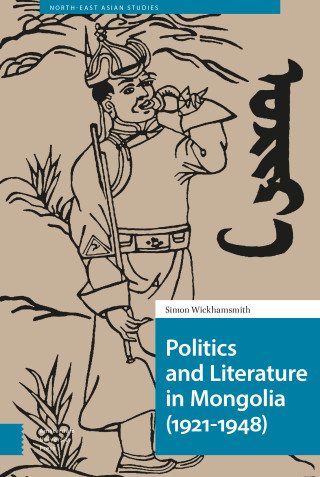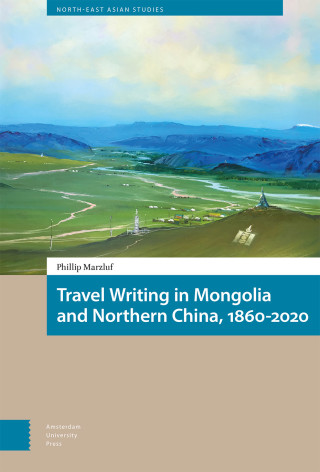Charlotte Marchina
Charlotte Marchina is an anthropologist and Associate Professor in Mongolian Studies at Inalco, Paris. Her research on nomadic pastoralism in Mongolia and Southern Siberia bridges social and environmental sciences and explores multimodal ways of producing and transferring knowledge on human-animal relations (multispecies ethnography, GPS tracking, photography).

